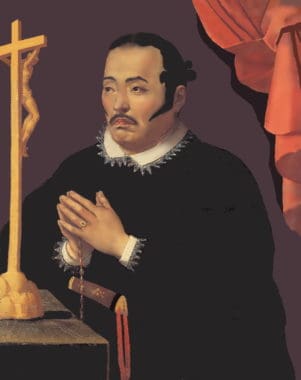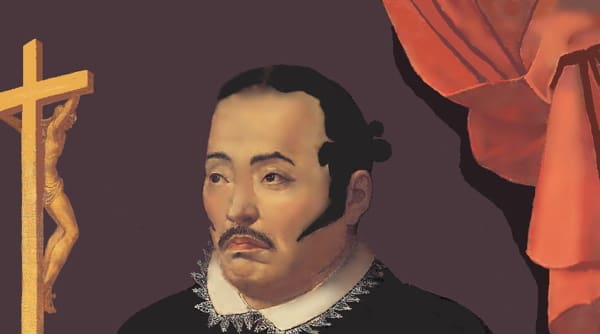What is Christian Meditation?
How to Pray – Part II
Before we dig into how to pray, we need to clarify what we mean by “meditate.” Many people are surprised to hear the saints and the Church talk about meditation. To them, the word “meditation” evokes images of Buddha or TM (Transcendental Meditation) practitioners.
Ironically, most people in the West are now more familiar with the concept of Eastern meditation than they are with the tradition of Christian prayer. They hear the term “Christian meditation” and they think that Christians have a tradition of seeking an altered state of consciousness. Then they start seeking God using a method of meditation that was designed by those who did not believe in Him. At the same time, they remain ignorant of the teachings of those who lived in intimate union with God — the saints.
We do best to immerse ourselves in our own traditions, rather than looking to practice the traditions of others that we don’t really understand. Sadly, knowledge of our tradition is lacking.
In the West:
Christian meditation is “reflective prayer: the form of mental prayer in which the mind, in God’s presence, thinks about God and divine things” (from the glossary of Navigating the Interior Life by Dan Burke).
In other words, Christian meditation is “meditation on” something. Most especially, Christians meditate on the Gospels. We can also meditate on the lives of the saints or the truths of the faith. Such meditation brings the faith very near to us. It helps us know God so that we can love Him and serve Him.
So, in the West, we connect the word “meditate” with “on.” The psalmists often speak of meditating on God’s word, as we read  in this passage:
in this passage:
Blessed is the man who walks not in the counsel of the wicked,
nor stands in the way of sinners,
nor sits in the seat of scoffers;
but his delight is in the law of the LORD,
and on his law he meditates day and night.
(Psalm 1:1-2)
When Christians meditate, we also especially follow the example of the Blessed Virgin Mary, who “kept all these things, pondering them in her heart” (Luke 2:19). Christian meditation uses the mind and heart to draw near to God.
We do not find any practice akin to mantra meditation in traditional Western Christianity. In Eastern Christianity, we find the practice of hesychasm, which has some surface similarities with non-Christian meditation techniques, the Jesus Prayer being the best-known form of hesychasm in the West. But, any similarities between hesychasm and non-Christian meditation are superficial. Hesychasm in its essence is more akin to the teaching of the Carmelite saints than to that of any meditation “gurus”.
In the East:
We must make a vital distinction when we speak of meditation. Although practitioners of Buddhism and Hinduism use the same term as Catholics, they use it with a vastly different meaning.
Eastern (non-Christian) meditation does not meditate “on” anything. Instead of pondering, it seeks radical detachment through an altered state of consciousness. Christian meditation relies on using thoughts and feelings. Eastern meditation rejects them. Thus the same word is used by different religions in a nearly opposite manner.
The term “Christian meditation” has been misappropriated by Fr. John Main, Fr. Laurence Freeman, and others to promote Eastern mantra meditation with a few Christian elements thrown in. Using a Christian word as a mantra does not turn Eastern meditation into Christian prayer. It remains an essentially non-Christian technique for reaching an altered state of consciousness.
What’s the Bottom Line?
The purpose of Christian meditation–and all Christian prayer–is to lead us to a closer union with God through Christ. The Triune God should be the focus of our prayer. We seek Him alone. In meditation, we seek to understand His character better, to understand what He requires of us. Then we express our desire for union with Him through thoughts, words, feelings, and even groans (see Romans 8:26). And, yes, sometimes with brief moments of silence.
Next time we’ll begin exploring some legitimate methods of Christian meditation.
+
Editor’s Note: Click here to read part one of this series by Connie Rossini.
+
Art: Partial restoration of Hasekura in Prayer following his conversion in Madrid, 1615, author unknown, PD-US author’s life plus 100 years or less, Wikimedia Commons.




